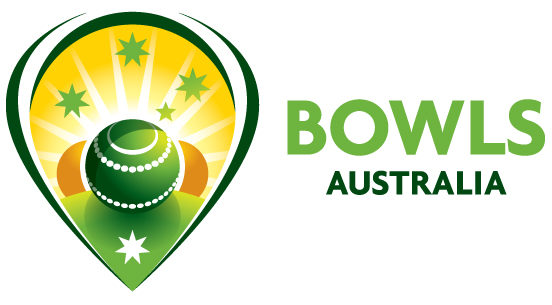La Trobe research study
The research findings for Bowls in Australia, titled ‘Building an evidence base to increase participation in Lawn Bowls’, was the result of a two-stage process and many months of personal interviews and paper surveys.
In fact, the initial stage of the project consisted of 90 face-to-face semi structured interviews across 18 clubs in Australia with current bowls club members bowling in traditional pennant competitions, social bowlers, previous non-current members and club committees and staff.
The philosophy of the first stage was to gather data relating to seven major themes including;
• Reasons for playing
• Mental and physical health benefits
• The ‘bowls’ experience
• Bowls formats
• Changes in the bowls experience
• Why people stop bowling
• Club survival challenges
The next stage included 4000 club members from 100 clubs across the country completed a paper survey that focussed on motivations for playing, satisfaction levels from their playing experience and their commitment to remain involved in bowls among others.
Bowls Australia Chief Executive Neil Dalrymple was happy with the findings of the research project and the insights identified for the future growth of the sport.
“It is extremely important to BA and our State and Territory Associations and especially all bowling clubs around Australia to know more about our participants and what motivates them to play and stay playing,” Dalrymple said.
“It is equally important for us to identify why people cease playing or never choose to take the game up in a competitive sense or become club members and remain irregular participants primarily through social bowls.”
“This research project and its findings allowed us to work through the psyche and desires of ‘a bowler’ and what is required for us to ensure participation in the sport continues to rise.”
“More diverse and appealing membership offerings, shorter formats of the game and more flexible playing times are key outcomes that will assist us to deliver the sport to a broader audience over the important next phase of the sports development.”
• La Trobe University Research Findings (two-page snapshot)
• La Trobe University Research Findings (full report)
The Crawford report
Bowls Australia welcomed November 17, 2009 release of the Independent Sports Panel Report on the future of sport in Australia.
Of particular interest in the Crawford Report is the emphasis on:
- The importance of recognizing the leadership role of national sporting organisations in determining the future of their sport;
- That current funding levels should at the very least be maintained in line with agreed performance targets in both high performance and community developed programs;
- The importance of sport in our education system and its benefit to the health and wellbeing of the nation as a whole;
- The value in sport in building the social fabric of communities; and
- The importance of community participation and the increased investment in community sport facilities.
Sweeney Report
Bowls Australia commissioned a market research study to assist in determining the ‘best customer’ segments or groups to consider for recruitment in order to grow the game; another key requirement was to retain current club members and grow active participation in the sport.
The focus on some or all of these ‘participant groups’ will underpin the long term viability of bowling clubs.
Sweeney Sports, a division of Sweeney Research was commissioned to conduct research for Bowls Australia.
What follows in this document is top-line findings from the research conducted during October/November 2005.
Bowls Australia Survey Report 2007
Bowls Australia received a valuable insight into the membership, administration and activities of the average Australian bowling club when it conducted a national club survey in 2007.
A comprehensive 11-section survey was mailed to every one of the nation’s 2070 bowls clubs, with an impressive 50 per cent response rate ensuring an accurate snapshot was obtained.
Bowls Australia development coordinator Sophie Timms said it was important to collect hard data from Australia’s bowling clubs.
“Historically, we’ve never had a comprehensive snapshot from club level,” she said.
“Data we have obtained in the past has usually been restricted to membership numbers, but there’s more to bowling clubs than just numbers,” she said.
The survey secured data on demographics, coaching trends and junior development.
To entice as many replies as possible, every club that responded went into the draw to win a $1500 equipment grant from Bowls Australia.
St Lucia Bowling Club in Queensland was the winner and has decided to put the money towards developing its junior bowls program.
It would seem a healthy option, considering the club survey revealed that 82 per cent of Australian bowling clubs have a structured junior program.
Social bowling, which shares its umbrella with barefoot bowls and the successful Get on the Green program, is booming, being run in some capacity at more than 75 per cent of responding clubs.
When it comes to using the computer and surfing the Internet, just 47 per cent of clubs are equipped with the appropriate technology, leaving plenty of room for technological improvement in the future.
The best response to the club survey emanated from South Australia, with 64 per cent of its 230 bowling clubs returning the postage paid envelope.
Victoria also scored well, with 59 per cent of its 538 clubs putting pen to paper.
Ms Timms said the data would help with project coordination and policy development.
“For example, the survey highlighted a need to provide better accreditation pathways for coaches,” she said.
“We discovered that 65 per cent of club coaches weren’t officially accredited, so that’s something we’ll work on.”
